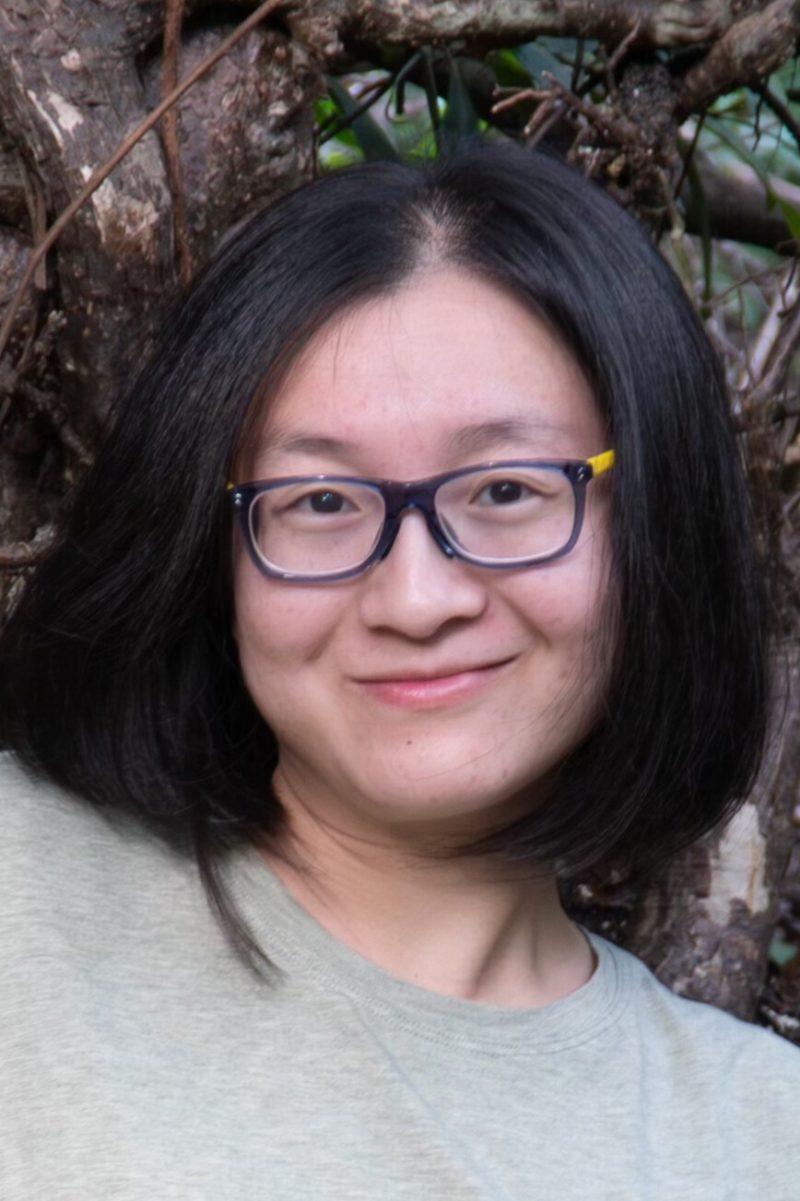Get the latest news
Subscribe to receive updates from the School of Data Science.

Introduction to Data Science in Automated Plant Disease Detection
Xuemei Missi Zhang
Automated Plant Disease Detection plays a vital role in smart farming. Early detection of plant diseases at pre-symptomatic stages can prevent disease outbreaks and minimize crop losses. DNA-based bio-sensing and image-based remote sensing allows us to observe changes in plants that cannot be perceived by human eyes, enabling early detection of crop diseases in agricultural production. However, the sensors generate large volumes of high-dimensional data rapidly, which poses challenges in data analysis. In this lecture, we will provide an overview of automated plant disease detection and highlight the critical role of data science in this field. We will discuss the computational tools and techniques used to analyze genomic and image data collected by sensors, as well as how data analysis provides data-driven insights on plant disease management. Furthermore, we will look at a few examples to understand the general workflow and important considerations for data analysis in this field. By the end of this lecture, attendees will have a better understanding of the significance of data science in automated plant disease detection and how it is applied in real-world scenarios.
 Dr. Xuemei Missi Zhang is a plant pathologist and data scientist with 10 years of data analysis experience in agricultural research. She earned her PhD from Virginia Tech, where she gained expertise in genomic data science and machine learning. Since then, she has been collaborating with researchers from mechanical, biochemical, and biosystems engineering to develop a robotic system capable of detecting plant diseases without human intervention. Dr. Zhang's work focuses on leveraging data science with plant pathology and engineering to tackle real-world challenges in the agricultural industry.
Dr. Xuemei Missi Zhang is a plant pathologist and data scientist with 10 years of data analysis experience in agricultural research. She earned her PhD from Virginia Tech, where she gained expertise in genomic data science and machine learning. Since then, she has been collaborating with researchers from mechanical, biochemical, and biosystems engineering to develop a robotic system capable of detecting plant diseases without human intervention. Dr. Zhang's work focuses on leveraging data science with plant pathology and engineering to tackle real-world challenges in the agricultural industry.
Subscribe to receive updates from the School of Data Science.